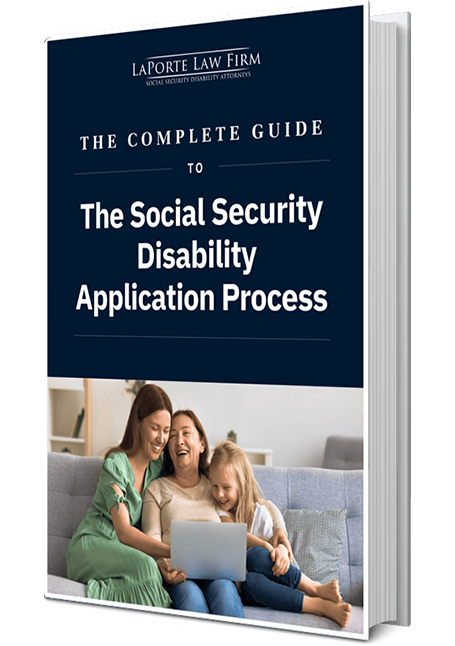
The SSA’s Five-Step Sequential Evaluation for Determining Disability
The SSA applies a five-step evaluation to every claim for disability, regardless of the disability being alleged.
Step 1: Are you working?
If so, SSA sends a step 1 denial. The severity of your alleged disability will not be considered because your work income disqualifies you from receiving SSDI benefits. Work income is disqualifying if it is above substantial gainful activity levels. If you are not working, the SSA proceeds to step 2.
Step 2: Is your condition severe?
A severe condition impacts your ability to perform basic work-related activities for at least 12 consecutive months.
Step 3: Does your condition meet the requirements of the SSA’s Listed Impairments?
In general, a listing level impairment is viewed by the SSA as a steep burden of proof since the medical criteria usually requires strict objective medical findings in the treatment evidence. If they find that you meet one of the medical listings, your case is approved. The SSA ends the evaluation at step 3 without proceeding to the next step. However, if they do not find that your condition meets a medical Listing, the analysis proceeds to step 4.
Step 4: Can you return to your past work?
Past relevant work is any job you’ve performed in the past 15 years. The burden of proving you cannot perform your past relevant work is on you, the disability claimant. If you can return to your past work, your claim for disability is denied at step 4. If Social Security agrees that you cannot perform any of your past relevant work, the claim proceeds to step 5.
Step 5: Can you do any other type of work in the national economy?
If you prove that you cannot return to any of your past relevant work, the burden of proof shifts to the Social Security Administration to prove there are other jobs in the national economy that you can perform. This is a complicated hurdle to clear, especially for those who are under the age of 50. After the attainment of age 50, Social Security considers transferable skills from past relevant work, and therefore the analysis is more favorable to the applicant. As this eBook will discuss in greater detail, the Social Security GRID Rules apply favorably to certain medical-vocational profiles.
Preparing to Apply: Documents and Information Needed
“Give me six hours to chop down a tree, and I will spend the first four sharpening the ax.”
Even though Abraham Lincoln perhaps never uttered his famous quote about sharpening his ax, he would certainly agree that proper prior preparation prevents poor performance in life and in Social Security applications.
As with any challenging task such as chopping down a tree, careful preparation and patience makes the task much more approachable. By breaking the task down into component parts, each phase of executing the plan is much less daunting.
And by reading this eBook and consulting a trained disability attorney, you can avoid this and the other common pitfalls that delay a claim for disability or making a mistake that result in a disability denial.
This eBook also has links to many forms that can be found online at the Social Security website. By submitting the proper paperwork with your application, you are putting yourself in the best position to succeed and avoid delays with your case.














